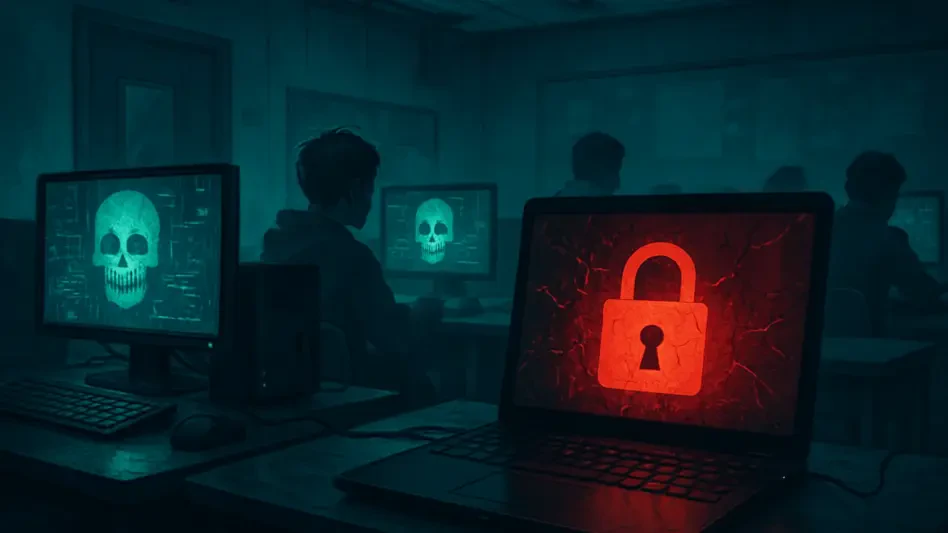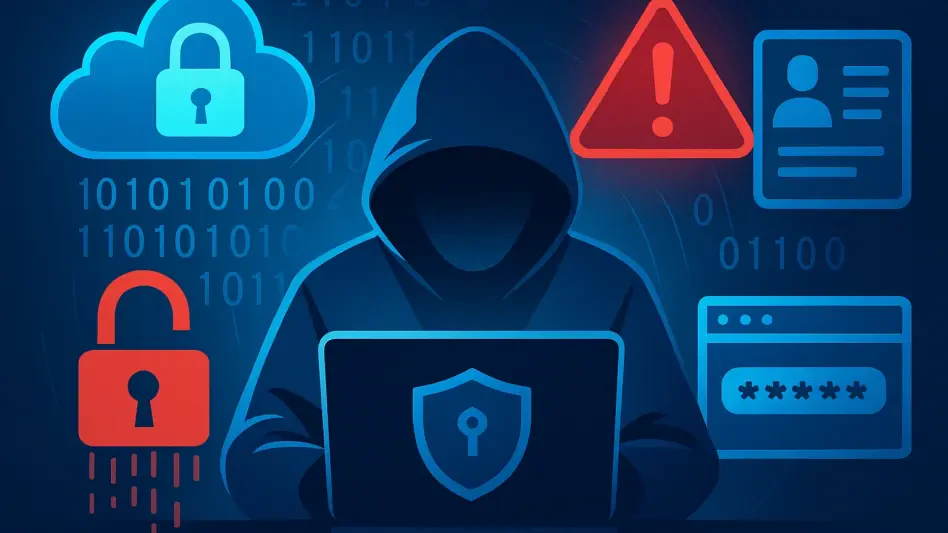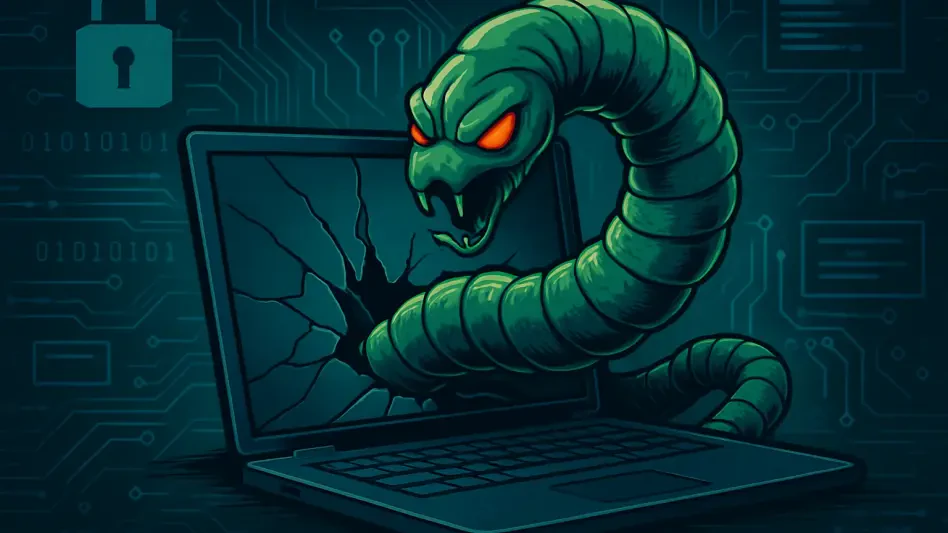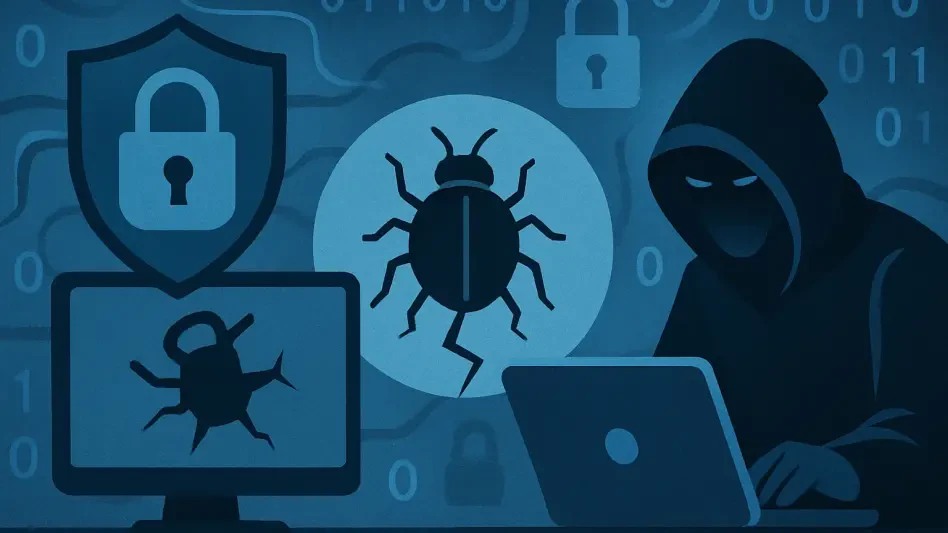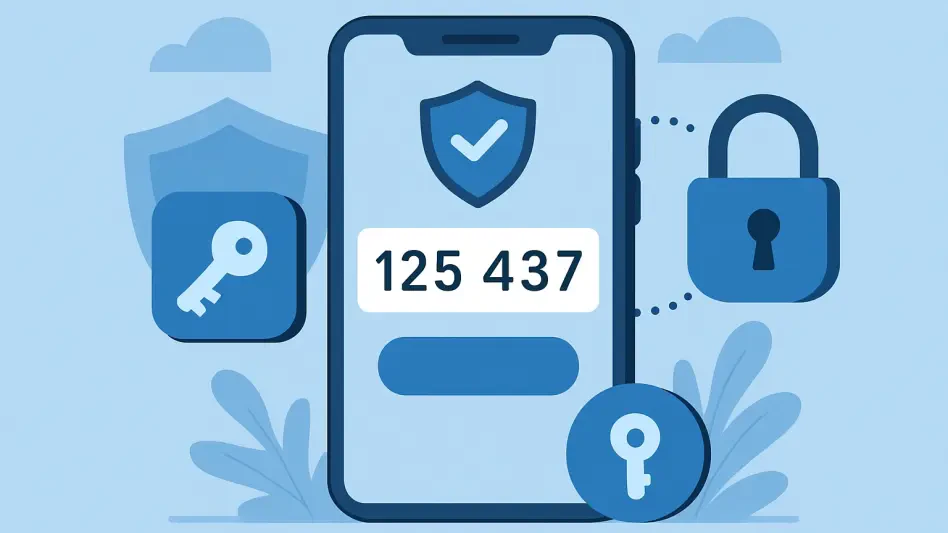In an alarming turn of events that underscores the growing threat of cyberattacks on educational institutions, South Lyon Community Schools (SLCS) in Michigan have been forced to shut down operations across all district buildings due to a severe network security incident. This breach, detected recently, has disrupted critical systems and raised significant concerns about safety protocols, prompting the district to prioritize security over the immediate resumption of classes. The closure has affected thousands of students, staff, and families, highlighting the vulnerability of school systems in an increasingly digital world. As cyber threats continue to evolve, this incident serves as a stark reminder of the urgent need for robust defenses in environments traditionally focused on learning rather than digital warfare. The district’s response, while methodical, reveals the complex challenges of balancing safety with operational continuity in the face of unseen digital adversaries targeting even the most community-centered institutions.
Network Disruption and Immediate Response
A sudden and unexpected network outage struck South Lyon Community Schools, quickly escalating into a confirmed cybersecurity breach that demanded swift action from district officials. Discovered on a quiet Sunday, the incident led to an immediate decision to take critical parts of the network offline to prevent further damage. This proactive measure, while necessary, resulted in widespread disruption, including the failure of phone systems and other essential communication tools. Superintendent Steve Archibald addressed the community through emails and public meetings, explaining that the severity of the breach required external expertise to manage the crisis effectively. The district promptly engaged cybersecurity specialists to investigate the scope of the attack and work toward system restoration. This initial response reflects a clear focus on containment, ensuring that the breach does not spread further while experts assess the damage and identify the source of the intrusion, a process that remains ongoing as the community awaits updates.
The impact of this cybersecurity incident extends beyond mere technical glitches, striking at the heart of the district’s ability to maintain a safe learning environment for students and staff. A critical concern lies in the compromise of the ALICE protocol, a federally endorsed safety program designed to guide responses during emergencies such as active shooter situations. With communication systems down, the district found itself unable to guarantee the effective implementation of these life-saving measures, a factor cited as the primary reason for closing all school buildings for multiple consecutive days. This decision, though disruptive, underscores the administration’s commitment to prioritizing safety above all else. The temporary halt in operations has left families grappling with sudden changes, but it also highlights the profound intersection of technology and security in modern education, where a single breach can jeopardize not just data but the physical well-being of an entire community.
Investigation and System Restoration Efforts
As South Lyon Community Schools navigate the fallout from this cybersecurity breach, a dedicated team of external experts, including firms specializing in digital forensics, has been working alongside the district’s IT department to restore affected systems. The investigation, launched immediately after the outage was detected, aims to uncover how the breach occurred and to secure vulnerabilities that allowed unauthorized access in the first place. While progress has been reported, full functionality remains elusive, necessitating continued closures as technicians meticulously rebuild and test the network’s integrity. Superintendent Archibald has emphasized that no stone will be left unturned in ensuring systems are safe before reopening, a stance that reflects a cautious but necessary approach. Importantly, there is currently no evidence suggesting that student or employee data has been compromised, as this information resides on a separate, cloud-based platform managed by a third-party provider, offering a small measure of relief amid the crisis.
Transparency with the community has been a cornerstone of the district’s strategy during this challenging period, despite the operational hurdles posed by non-functional communication channels like phone lines. Regular updates via email and statements during school board meetings have kept families informed about the ongoing investigation and the reasons behind the extended closures. This commitment to openness helps maintain trust, even as frustration mounts over the disruption to education and daily routines. The administration’s repeated assurances about data security and their focus on restoring critical safety protocols demonstrate a balanced approach to managing both public concern and technical recovery. As efforts continue, the broader implications of this incident loom large, raising questions about how school districts nationwide can better prepare for and respond to cyber threats that have the power to halt operations and endanger safety in ways previously unimaginable in educational settings.
Safety First: Lessons and Future Safeguards
The decision to close South Lyon Community Schools for several days was rooted in an unwavering commitment to safety, a principle that guided every step of the district’s response to the cybersecurity breach. With essential systems like the ALICE protocol rendered ineffective due to the network outage, officials determined that reopening without guaranteed communication and emergency response capabilities was simply not an option. This stance, while inconvenient for many, reflects a deeper understanding of the risks posed by cyber incidents in environments where young lives are at stake. The incident has sparked discussions among educators and administrators about the need for redundant systems and alternative communication methods that can function independently of primary networks. Such measures could serve as vital lifelines during future crises, ensuring that safety protocols remain intact even when digital infrastructure falters under attack.
Looking ahead, this breach serves as a critical wake-up call for educational institutions to reassess and strengthen their cybersecurity frameworks before disaster strikes again. School districts must invest in advanced threat detection tools, regular system audits, and comprehensive staff training to recognize and respond to potential cyber risks. Collaboration with cybersecurity experts should become a standard practice, not just a reactive measure, to build resilient networks capable of withstanding sophisticated attacks. Additionally, establishing partnerships with federal and state agencies could provide access to resources and funding necessary for implementing cutting-edge defenses. As South Lyon Community Schools work toward recovery, the experience offers valuable insights for others, emphasizing that preparation and proactive investment in digital security are no longer optional but essential. The path forward involves not just restoring what was lost, but building stronger, safer systems to protect the future of education from the ever-looming shadow of cyber threats.

